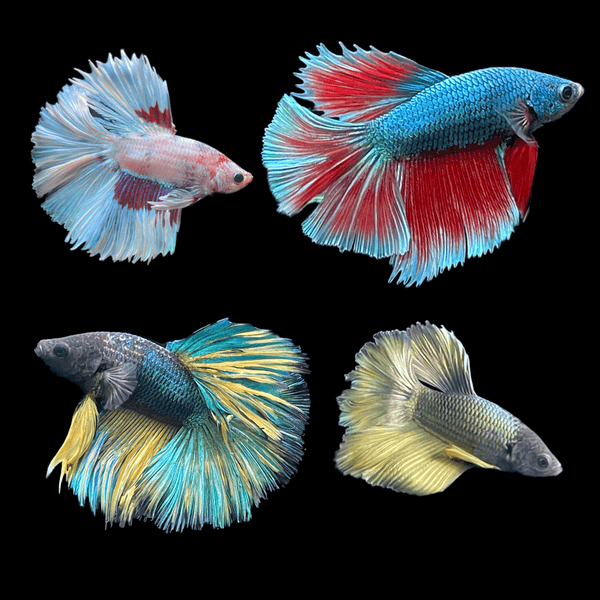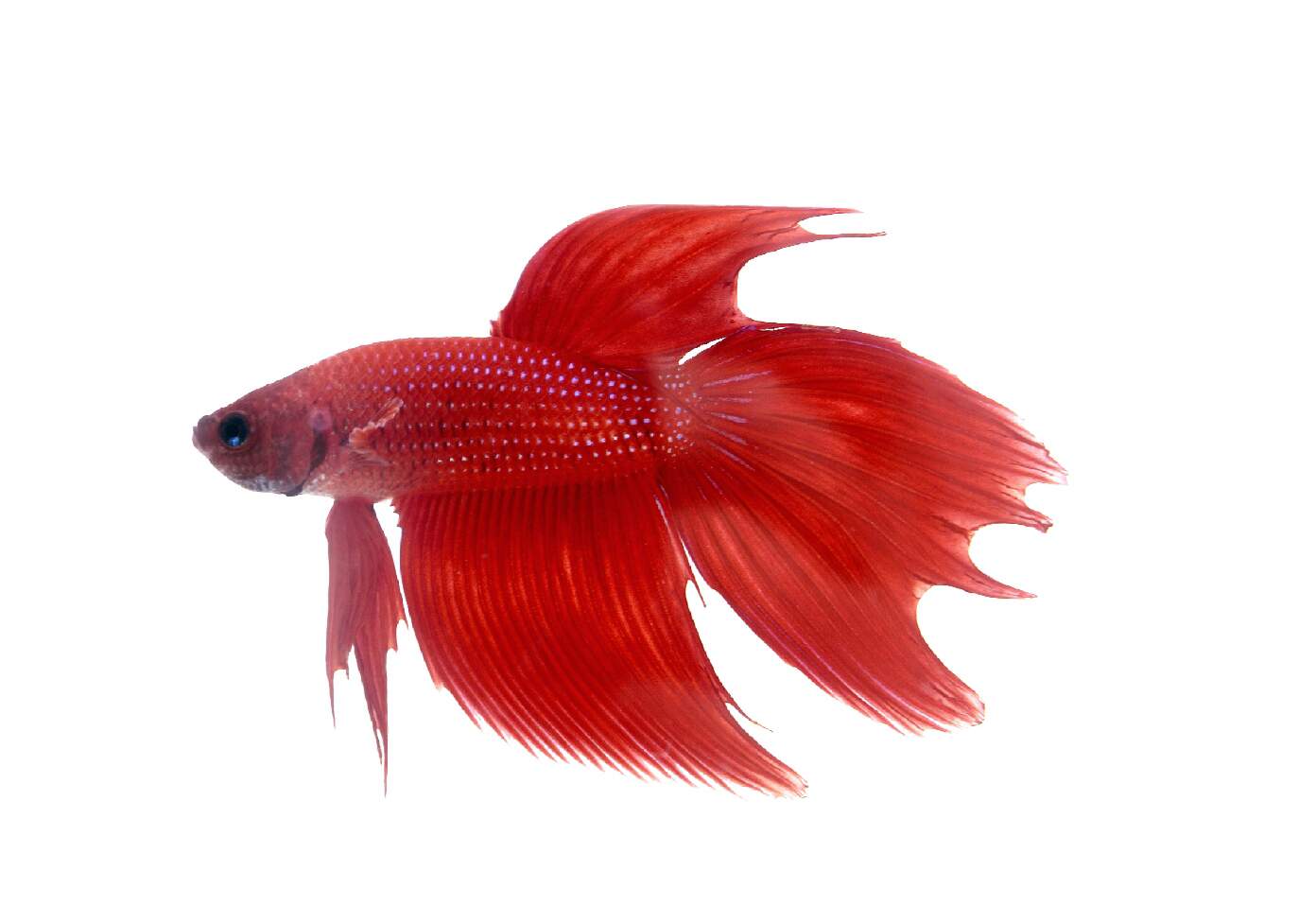Betta Fish Life Expectancy: Exactly How to Guarantee Your Betta Lives Longer
Betta Fish Life Expectancy: Exactly How to Guarantee Your Betta Lives Longer
Blog Article
Breeding Betta Fish: a Comprehensive Step-By-Step Overview to Successfully Raising Child Bettas From Eggs to Their Adult Years
Breeding Betta fish is a careful venture that needs cautious planning and implementation to guarantee the effective advancement of fry from eggs to mature fish. As the male Betta diligently constructs a bubble nest and guards the valuable eggs, the succeeding stages of care and transition demand focus to information and knowledge of best techniques.

Selecting Breeding Pairs
When beginning on the trip of breeding Betta fish, choosing the appropriate reproduction pairs is critical to attaining preferable characteristics and a healthy family tree - betta fish. The very first step in this procedure is to recognize the specific traits you wish to improve or preserve, such as color, fin type, and body form. It is crucial to choose genetically varied pairs to prevent inbreeding, which can cause wellness concerns and unwanted features
Review potential reproducing prospects meticulously. A healthy and balanced male Betta should show vivid shades, an energetic demeanor, and well-formed fins, while the lady ought to additionally present dynamic coloration and a rounded tummy, showing readiness for spawning. Observing the character of both fish is essential, as aggressive or extremely reluctant people might not reproduce successfully.
Documentation of lineage is similarly important. Keeping documents of the parent fish's origins can aid you track hereditary attributes and possible concerns. Furthermore, consult trusted dog breeders or on-line resources for assistance on picking suitable pairs. Inevitably, investing time in the selection procedure will significantly enhance the probability of producing strong, dynamic spawn that meet your breeding goals (betta fish).

Preparing the Reproduction Container
Developing an ideal reproduction setting is a vital action after choosing appropriate pairs for Betta fish. The reproduction tank must be particularly designed to offer convenience and stimulate the natural breeding actions of the fish. Begin with a storage tank dimension of at the very least 10 gallons to make sure appropriate room for both the man and women Bettas.
Preserve a mild purification system to keep the water clean while preventing solid currents that can worry the fish. Additionally, an air stone can be added to offer oxygenation without interrupting the water surface way too much.
Temperature level guideline is important; go for a steady array of 78-82 ° F(25-28 ° C) making use of a trustworthy heater. The pH degree must be maintained between 6.5 and 7.5, and routine water adjustments are essential to ensure high water high quality.
Incorporate floating plants or generating mops to produce hiding areas for the woman, while additionally encouraging bubble nest building by the man - betta fish. Ultimately, make sure the tank is devoid of sharp decorations and any type of potential risks, as the welfare of the fish need to always be prioritized throughout this crucial phase of breeding.
The Breeding Refine
Generally, the reproducing procedure for look here Betta fish involves a series of distinct and evident actions that show readiness for reproduction. The male Betta starts by constructing a bubble nest at the water's surface, which functions as a website for the fed eggs. This nest is crucial, as it supplies a safe setting for the eggs until they hatch.
When the nest is established, the male will display courtship behaviors, such as flaring his fins and showing vibrant shades to attract the lady. The lady, upon sensing the man's readiness, will certainly respond by displaying vertical stripes along her body, indicating her receptiveness.
When the women techniques, the male engages in a mating dance, frequently causing an embrace called the "spawning." Throughout this embrace, the female releases her eggs, which the male fertilizes quickly. The fertilized eggs after that are up to the bubble nest, where the male very carefully collects and returns them to the nest. Following this, the male assumes responsibility for protecting the nest and making sure click for source the safety of the eggs up until they hatch out, usually within 24-36 hours. This stage is essential in the reproducing process, laying the foundation for successful fry development.
Caring for Betta Fry
Caring for Betta fry requires cautious interest to their setting and nutrition to ensure healthy and balanced growth and growth. After hatching, Betta fry are exceptionally small and vulnerable, demanding a stable and tidy environment. Preserving a water temperature in between 78 ° F and 80 ° F is important, as Betta fry flourish in cozy problems. In addition, make sure that the water is devoid of unsafe toxins; regular water modifications of 10-20% are recommended to preserve optimum water high quality.
Feeding Betta fry is equally crucial. At first, they should be provided infusoria or finely crushed high-quality fry food, as their mouths are as well little to manage bigger particles. As they grow, you can gradually introduce larger foods, such as child salt water shrimp or powdered flakes, to ensure they receive ample nutrition. Feed them small amounts numerous times a day, being careful not to overfeed, which can cause water top quality concerns.
Transitioning to Grownup Bettas
As Betta fry fully grown, transitioning them to adult Bettas is an important stage that calls for careful monitoring of their environment and social communications. This procedure normally starts when the fry reach around six weeks old, at which factor they can be progressively presented to a much more organized living atmosphere.
To facilitate this change, it is necessary to guarantee that the water specifications-- such as temperature, pH, and ammonia levels-- are ideal and steady. Adult Betta fish prosper in cozy water (around 78-80 ° F) with a pH of 6.5 to 7.5. Slowly adapt the fry to these problems to lessen anxiety.
Social communications are another essential factor; man Bettas are infamously territorial and aggressive. Consequently, it is advisable to different men into individual tanks as they grow. Female Bettas can be housed with each other, but care should be required to monitor for indications of aggression.
Furthermore, nutritional adjustments must be made as the site fry grow. Integrate high-grade pellets and live foods to sustain their growth and wellness. By managing these elements successfully, you can promote an effective change to the adult years for your Betta fish.

Verdict
Successful breeding of Betta fish calls for careful interest to detail throughout the whole process, from selecting genetically varied pairs to offering optimum look after fry. By ensuring ideal reproduction conditions and keeping water top quality, the chance of healthy and balanced offspring enhances significantly. Additionally, a balanced diet regimen and steady adjustment to grown-up atmospheres are crucial for the growth and growth of Betta fish. Following these steps vigilantly cultivates a thriving population of Betta fish, boosting both their health and vigor.
Report this page